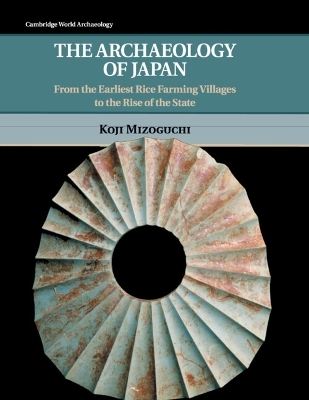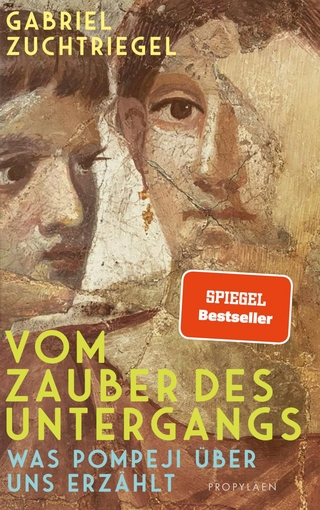
The Archaeology of Japan
Cambridge University Press (Verlag)
978-0-521-71188-3 (ISBN)
This is the first book-length study of the Yayoi and Kofun periods of Japan (c.600 BC–AD 700), in which the introduction of rice paddy-field farming from the Korean peninsula ignited the rapid development of social complexity and hierarchy that culminated with the formation of the ancient Japanese state. The author traces the historical trajectory of the Yayoi and Kofun periods by employing cutting-edge sociological, anthropological and archaeological theories and methods. The book reveals a fascinating process through which sophisticated hunter-gatherer communities in an archipelago on the eastern fringe of the Eurasian continent were transformed materially and symbolically into a state.
Koji Mizoguchi is Professor of Social Archaeology at the Graduate School of Social and Cultural Studies, Kyushu University, Japan. He is the author of An Archaeological History of Japan: 30,000 BC to AD 700 (2002) and Archaeology, Society and Identity in Modern Japan (Cambridge, 2006). Dr Mizoguchi is regarded as a leading Japanese archaeologist, particularly in the study of the Yayoi period and mortuary archaeology. His many contributions to scholarly journals focus on the postcolonial archaeologies of East Asia with special emphasis on Japan, the relationship between modernisation and the disciplinisation of archaeology, and the study of the centralisation and hierarchisation of social relations by using formal network analysis methods.
1. Introduction: the beginning of everything?; 2. A tale of co-transformation: the history of modern Japan and the archaeology of the Yayoi and Kofun periods; 3. Frameworks; 4. Environment and the East Asian context; 5. Beginnings: from the Incipient Yayoi (900/600 BC) to the Late Yayoi I periods (400/200 BC); 6. An archaeology of growth: from the Final Yayoi I (400/200 BC) to the end of the Yayoi IV (AD 1/50); 7. An archaeology of hierarchisation: from the final Yayoi IV to the Yayoi V periods (AD 1/50~200); 8. An archaeology of networks: the Yayoi–Kofun transition (the Shonai pottery style and the earliest Furu pottery style phase, AD 200~250/275); 9. An archaeology of monuments: the Early Kofun (AD 275~400) and Middle Kofun periods (AD 400~500); 10. An archaeology of bureaucracy: the Later Kofun period (AD 500~600); 11. An archaeology of governance: the establishment of the Ten'no emperor (AD 600~700); 12. Conclusion.
| Erscheint lt. Verlag | 1.3.2018 |
|---|---|
| Reihe/Serie | Cambridge World Archaeology |
| Zusatzinfo | 21 Tables, unspecified; 105 Line drawings, black and white |
| Verlagsort | Cambridge |
| Sprache | englisch |
| Maße | 216 x 280 mm |
| Gewicht | 1100 g |
| Themenwelt | Geisteswissenschaften ► Archäologie |
| Geschichte ► Allgemeine Geschichte ► Vor- und Frühgeschichte | |
| Geschichte ► Allgemeine Geschichte ► Altertum / Antike | |
| Geisteswissenschaften ► Geschichte ► Regional- / Ländergeschichte | |
| ISBN-10 | 0-521-71188-6 / 0521711886 |
| ISBN-13 | 978-0-521-71188-3 / 9780521711883 |
| Zustand | Neuware |
| Haben Sie eine Frage zum Produkt? |
aus dem Bereich


